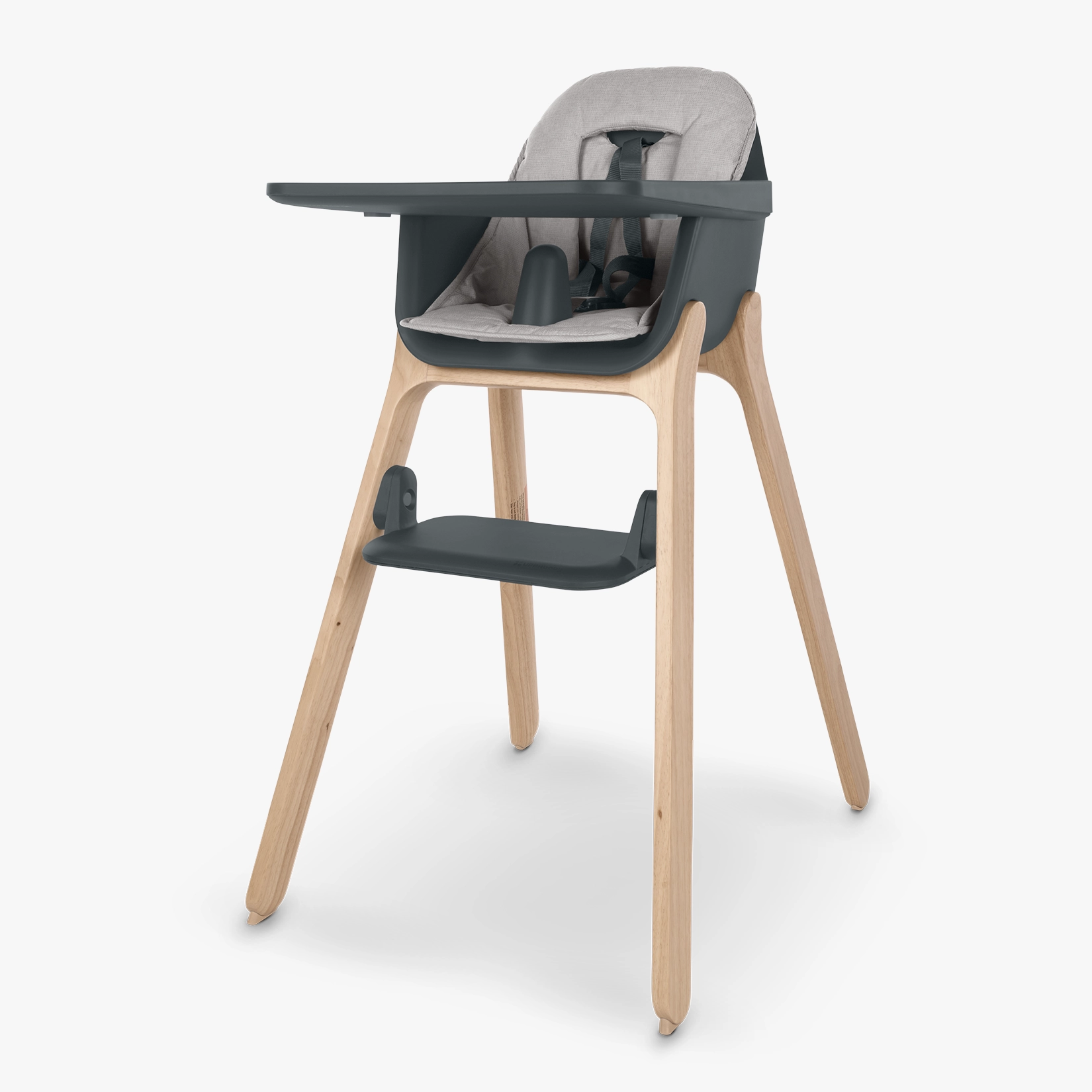Complete your Ciro High Chair with our thoughtfully designed High Chair Cushion accessory, crafted for added comfort and easy cleanability. The durable cushion ensures that your little one stays cozy and supported during mealtime, while also being incredibly easy to clean for parents — simply toss it in the wash after a messy meal!

Designed for Comfort
Crafted for added comfort and easy cleanability, the durable and plush cushion ensures that your little one stays cozy and supported during mealtime.














